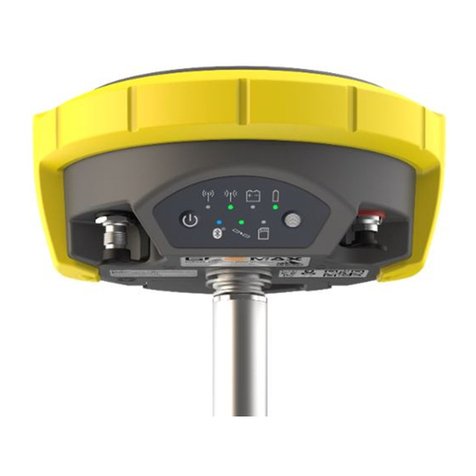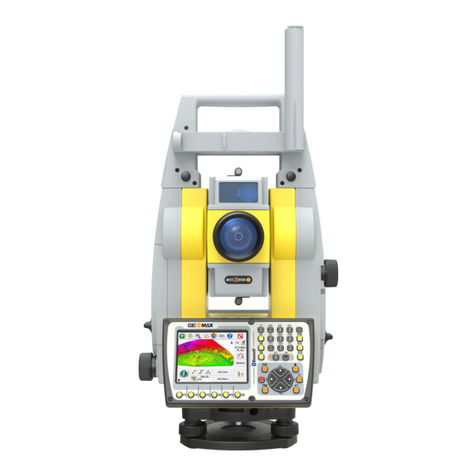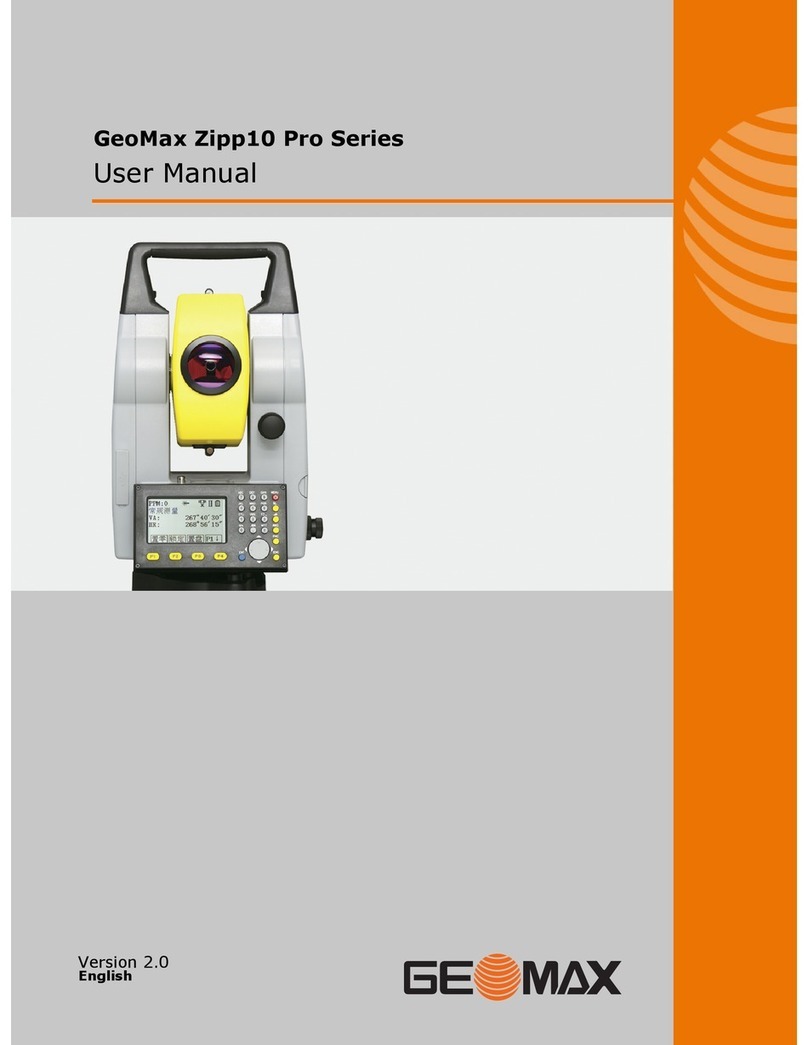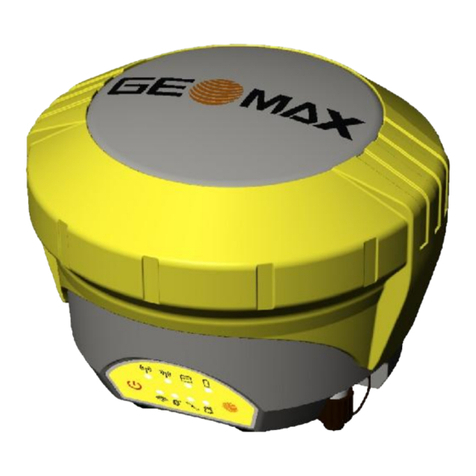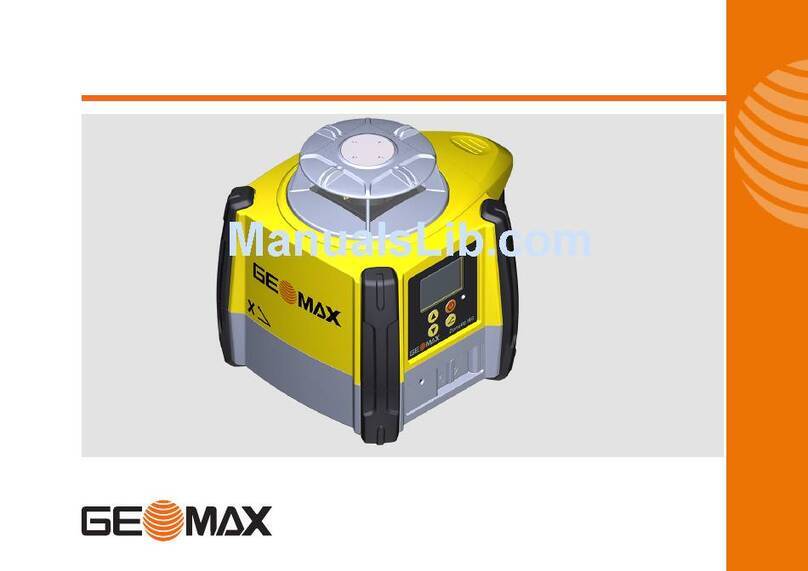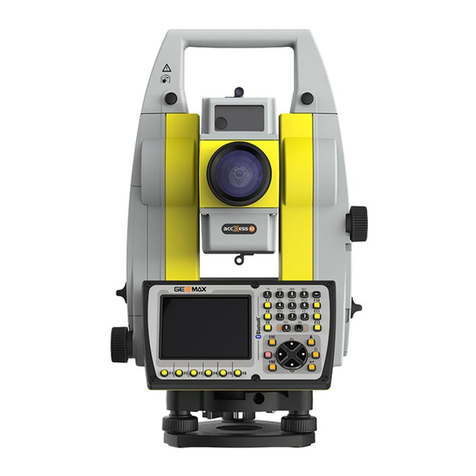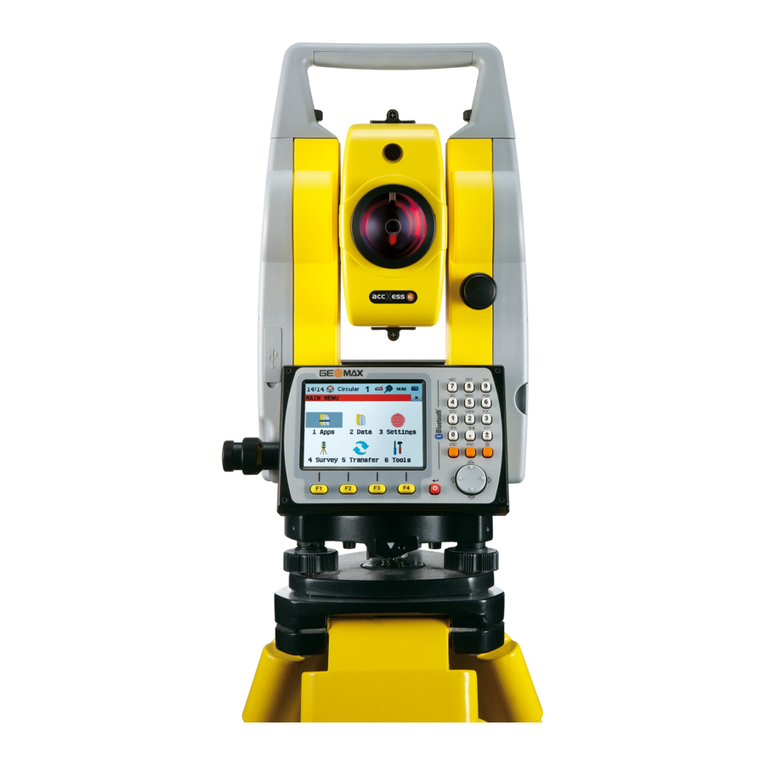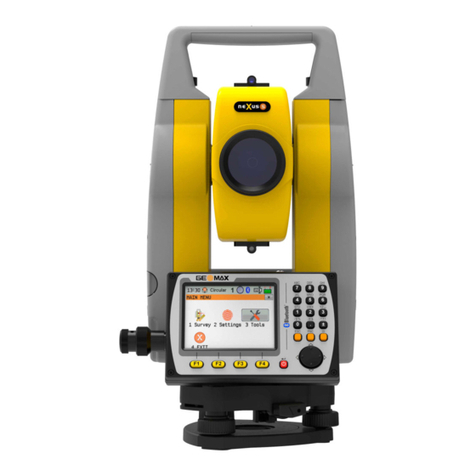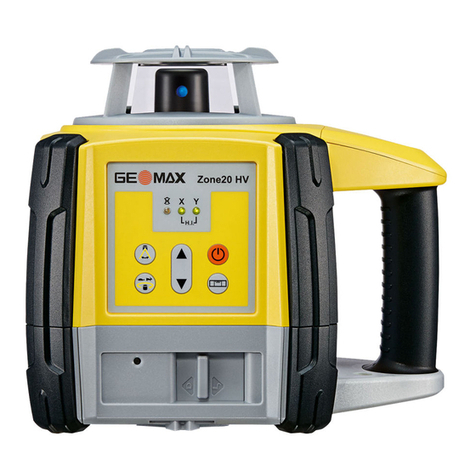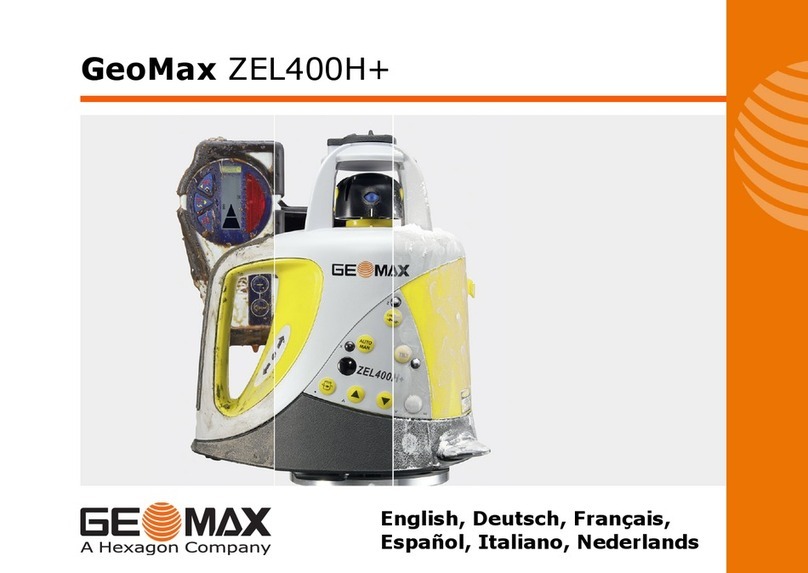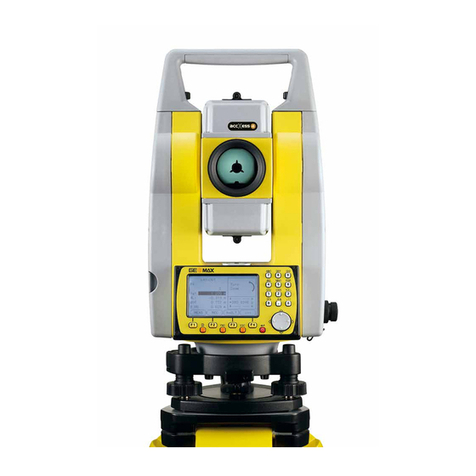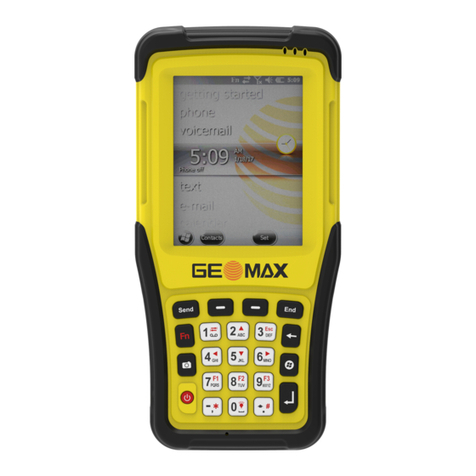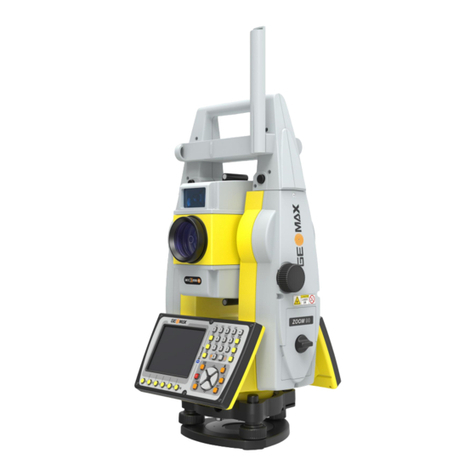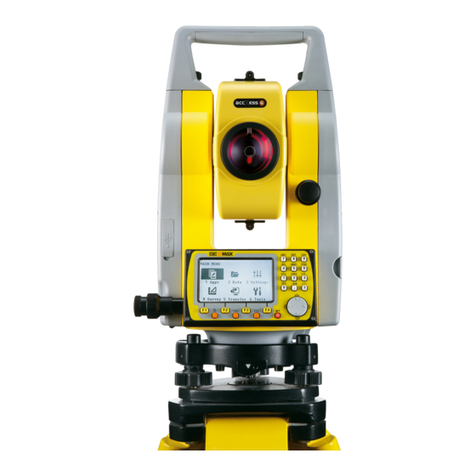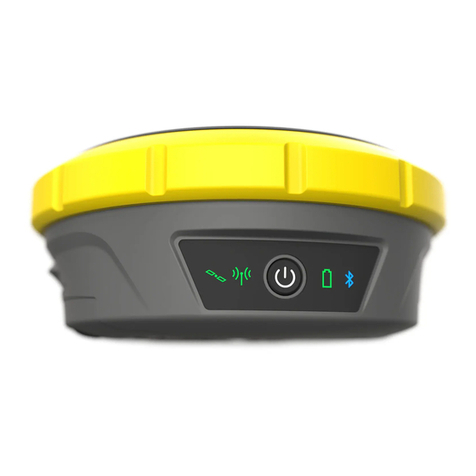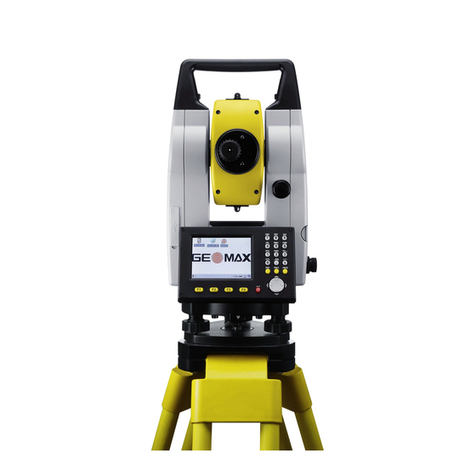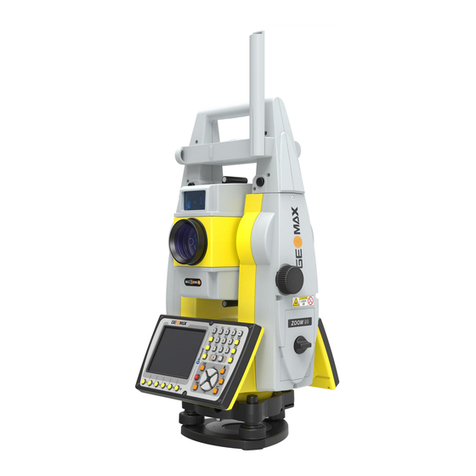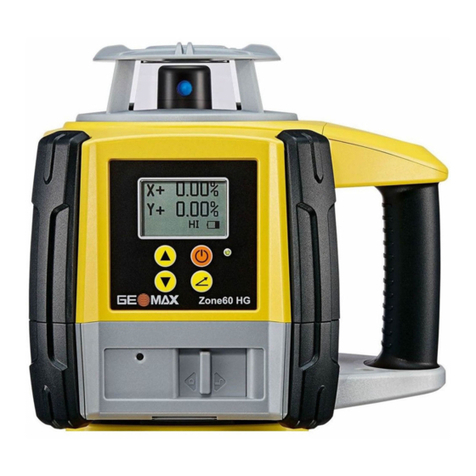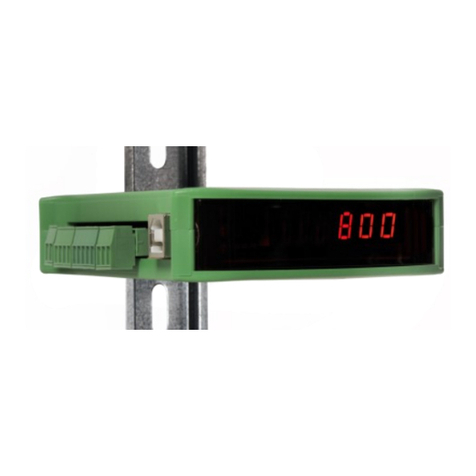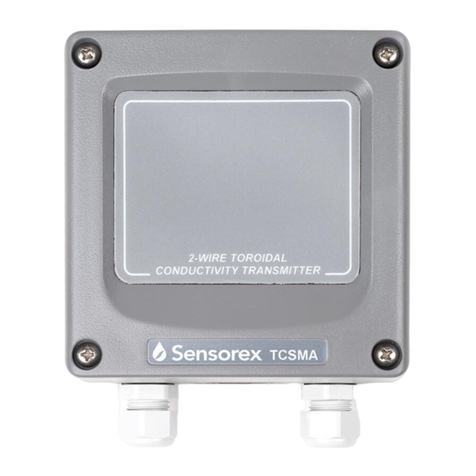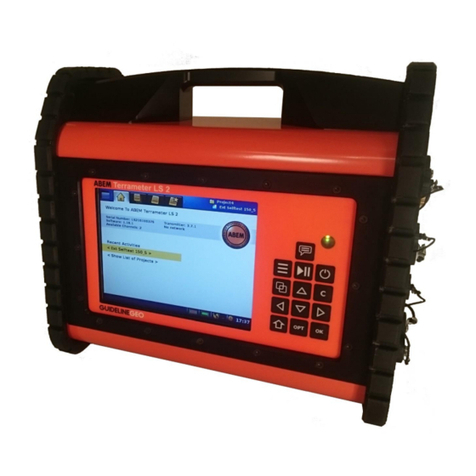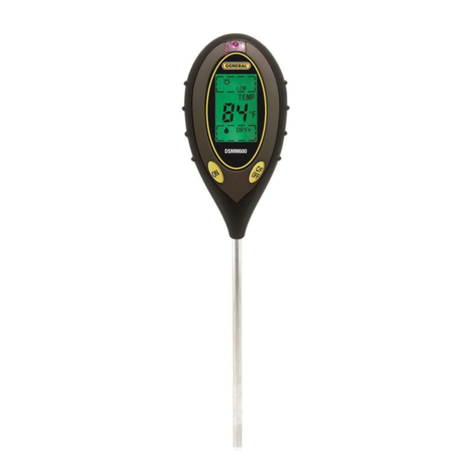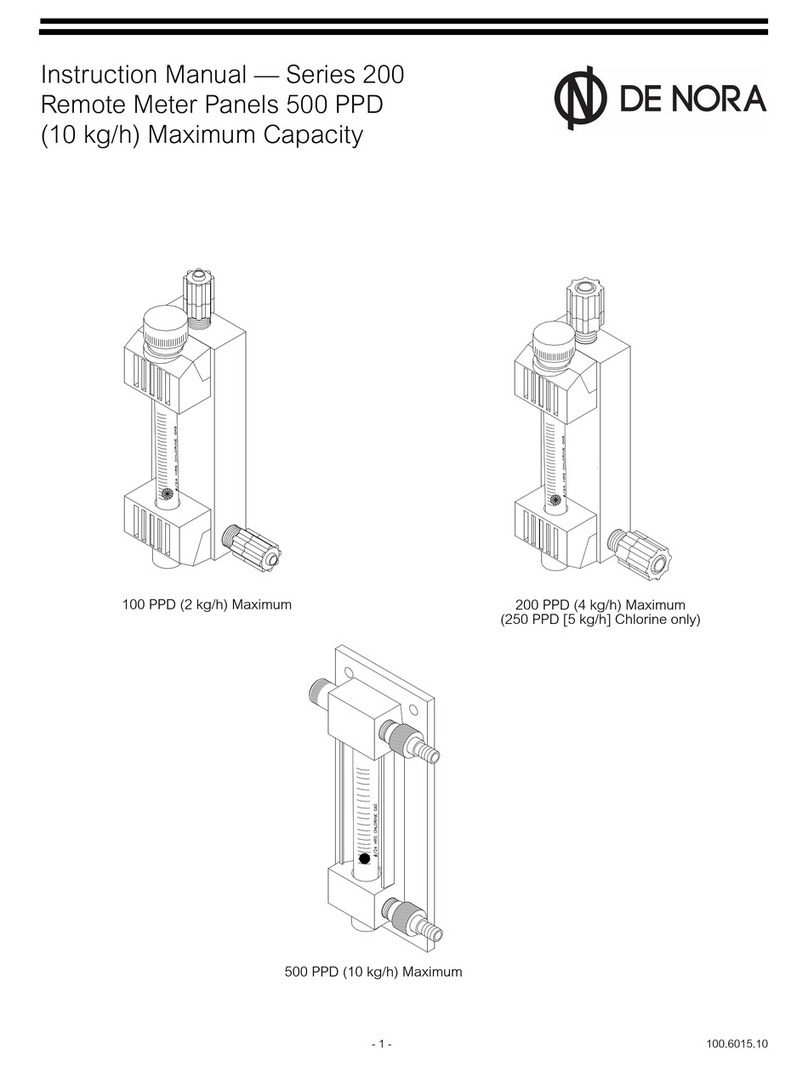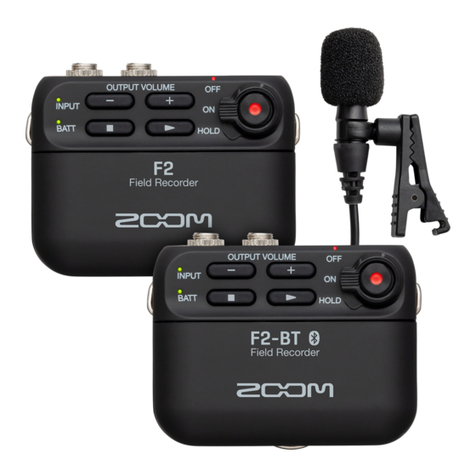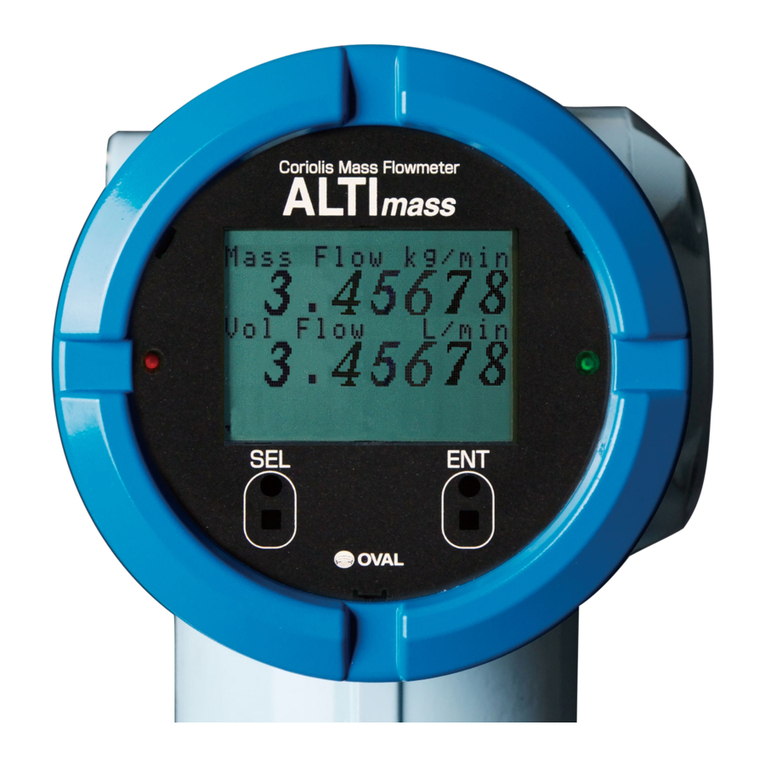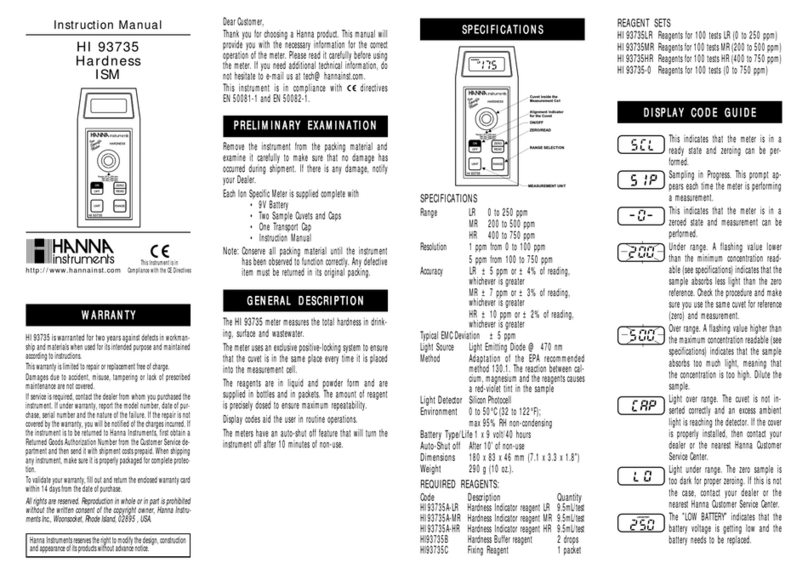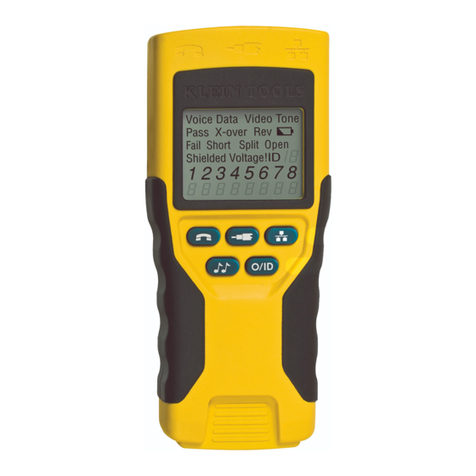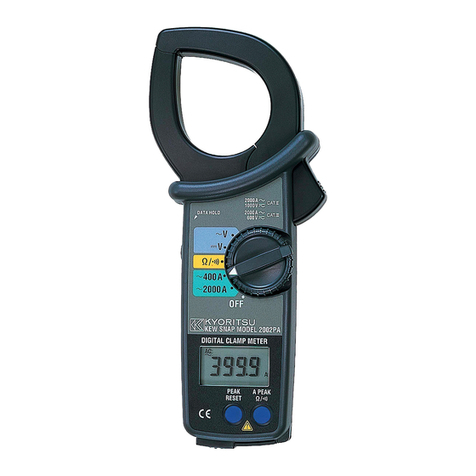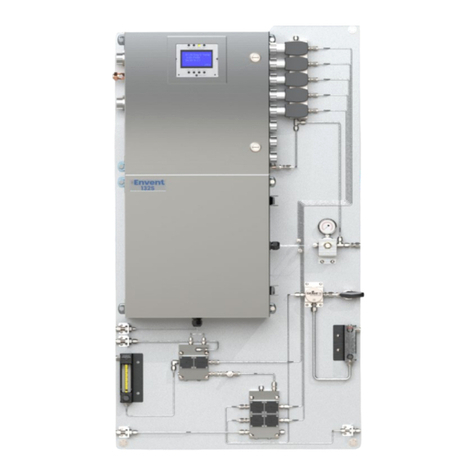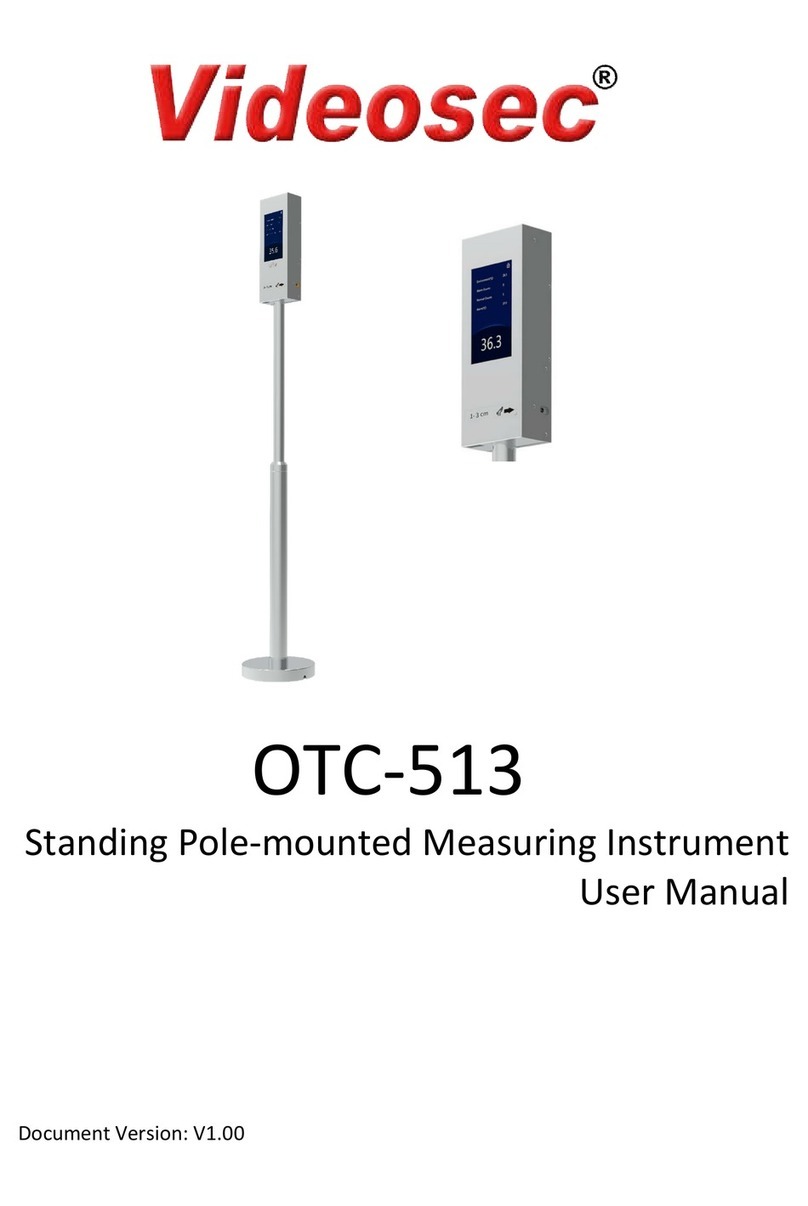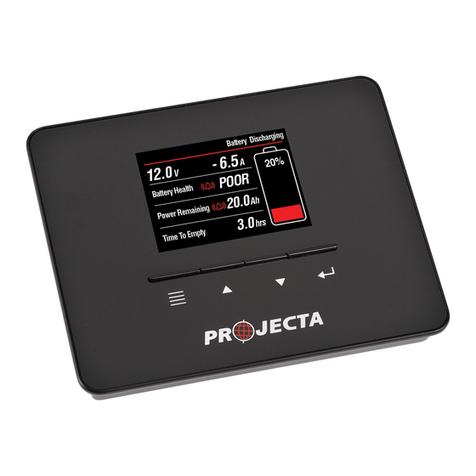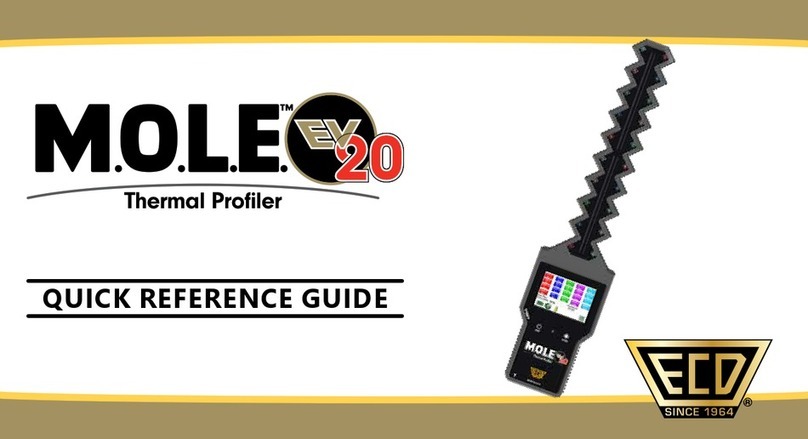
SAFETY LABELS
The One-Dot Laser used for first-time setup is a Class 2 laser, manufactured to comply with
the international rules of safety IEC 60825-1, 2001. Although the power of the emission of the
beam is less than 5mW in Class 2, the following cautions are recommended:
• Do not stare directly at the beam
• Do not set up the laser at eye level
Safety Information: Laser
Introduction
Use the system to dig with an excavator to a desired depth and create a
leveled plane or to set a slope and create a tilted surface. Also use it to
determine reach, such as for the width of a trench.
All the digging information is referenced to the center of the bucket blade
(or teeth) and the depth value shown is the distance from the actual
teeth position to the target depth.
Sensors measure the angle of the boom, stick, and bucket. The
information is transmitted instantly to the cab display. LEDs tell you how
far to dig.
A simple one-time procedure allows the EzDig system to “learn” the
dimensions of your machine. That is how it constantly calculates, in real
time, where the bucket tip is in relation to the target depth.
Excavator rotation and movement
With EzDig, the operator has to dig “straight ahead” (only
moving the booms/bucket in and out).
After the target depth has been set, the chassis has to stay
stable. Any rotation of it may produce an error depending on the
inclination.
Rotation of the chassis can be compensated by using a fourth
sensor as a “pitch” sensor on the chassis. This will automatically
correct forward and backward tilting movements of your
machine as well as rotation, providing accurate depth
information.
Every time that the excavator tracks are moved, it’s necessary
to zero again the reference (target) depth on a previous point
or, depending on the setup, take the laser height again.




















